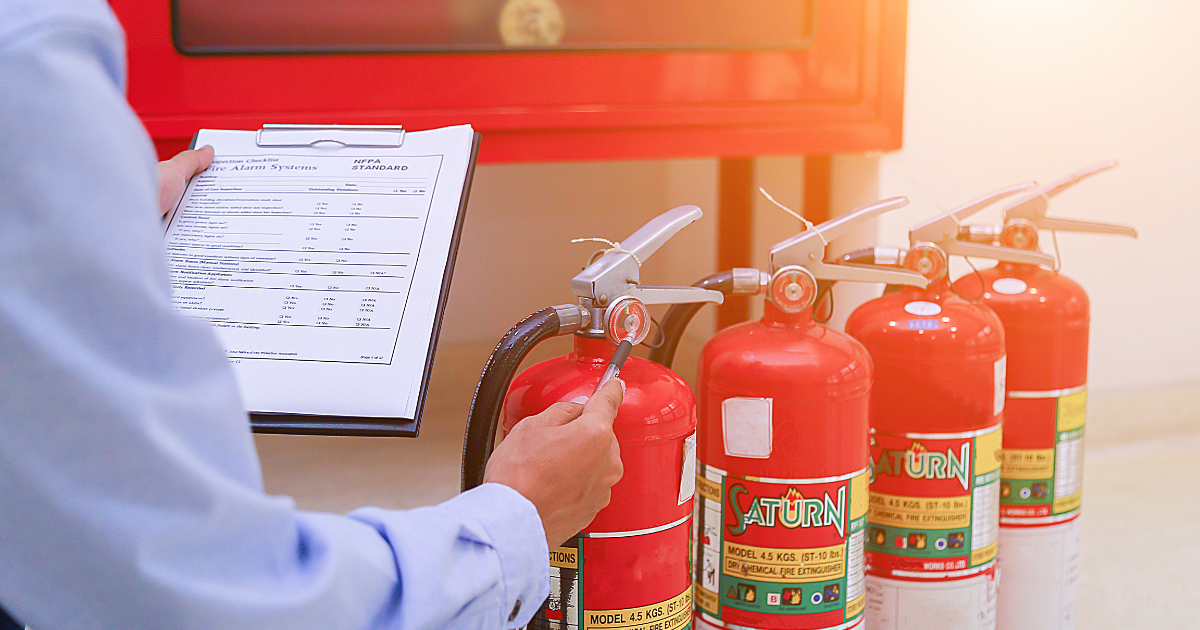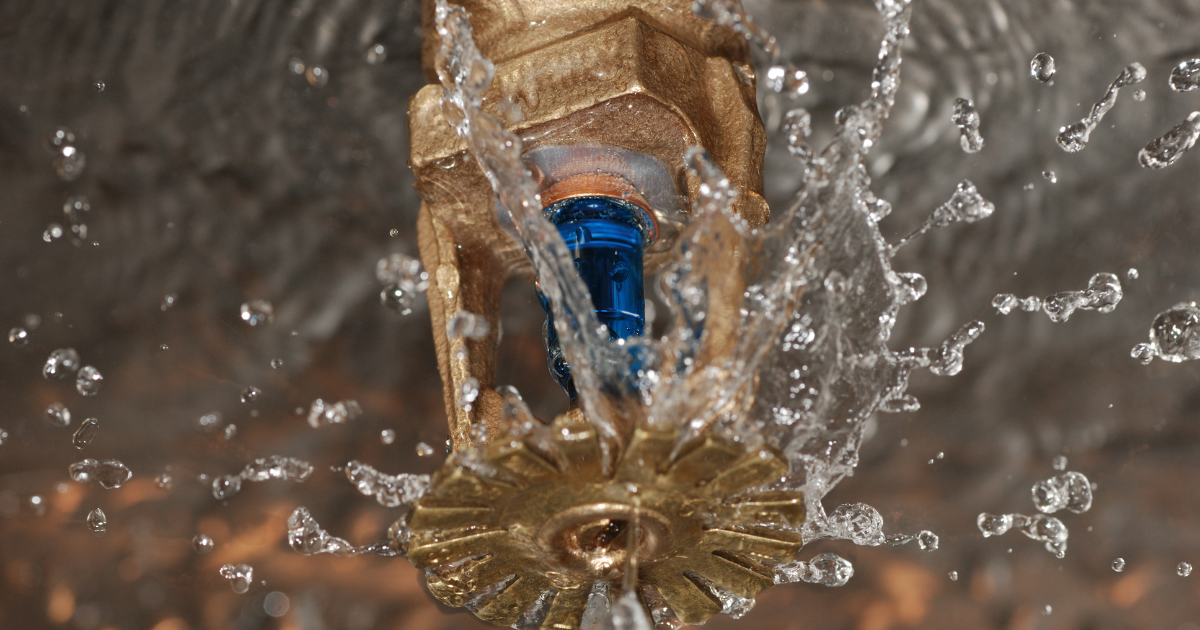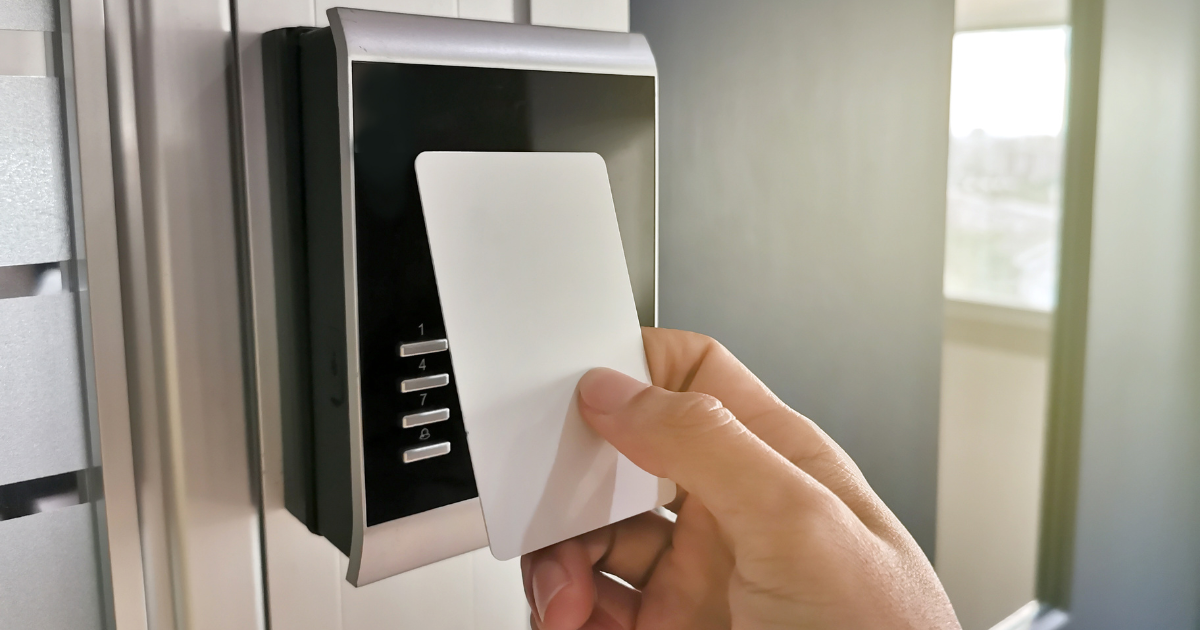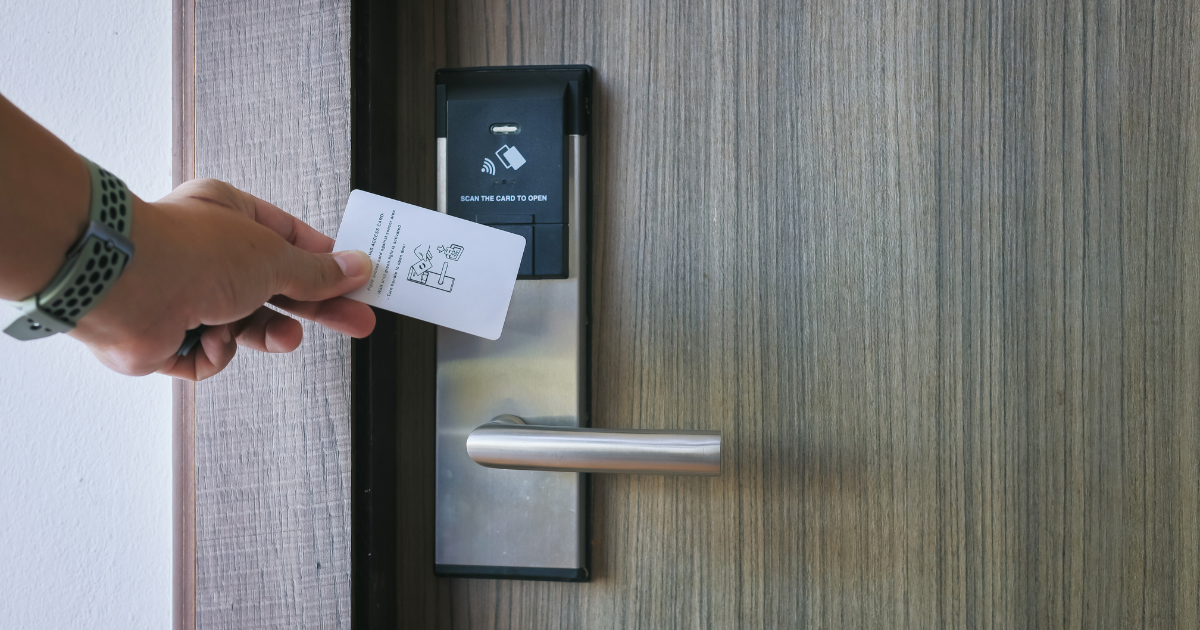Large amounts of flammable substances are used in the kitchen’s electric and gas-powered cooking appliances, like a gas line running which provides a particularly significant risk of fire outbreak and ignition.
The National Restaurant Association reports that cooking equipment is responsible for 57% of all restaurant fires. Building kitchen exhaust hoods suppression systems can effectively prevent grease fires and kitchen fires.
Having a responsive fire protection system is essential, especially if you want to keep your restaurant business, kitchen staff, and team safe. This blog post will cover every aspect of kitchen exhaust hood fire suppression systems and their functions.
What Are Kitchen Fire Suppression Systems?
Kitchen fire suppression systems are pre-engineered and automatic services that are intended to safeguard all cooking equipment, including deep-fat fryers, griddles, woks, chain broilers, salamanders, and others. The system also ensures the security of the kitchen area, including plenums and ducts.
Why Are Restaurant Fire Suppression Systems Important? (Grease Fires and Other Hazards)

In the blink of an eye, kitchen fires can quickly get out of control and escalate. It is difficult to put out the fire brought on by the accumulation of cooking oils, smoke, flames, and grease with standard fire extinguishers.
A specialist suppression system and Class “K” extinguishers are required to stop the fire from spreading. Restaurant fire systems have many benefits. They are also essential to protect employee safety. The system for commercial kitchens is typically built directly above each individual cooking station. It makes it simpler to keep it contained in a certain location.
Additionally, a commercial kitchen is furnished with high-priced tools and equipment, and any damage could result in significant losses for the restaurant business. A commercial fire suppression service can help lower the possibility of damage to equipment and property. Commercial systems are designed to prevent fires without destroying food or produce.
[Related: Guide to Fire Safety Signs for Arizona Buildings]
How Does the Kitchen Hood Fire Suppression System Work?

The wet chemicals in the system react with the burning oils to create a soapy coating that cuts off the grease and oil’s oxygen supply, preventing them from igniting further. Potassium acetate, potassium carbonate, and potassium citrate are the substances that are frequently discovered.
The water in the system cools the oil and grease by lowering their temperature. The system, which consists of nozzles targeted to the burners and fryers, releases the agent-water mixture when it notices any unusual activity. This mixture is nothing more than a large-scale fire extinguisher contained in a box and connected to the nozzle by a conduit
A manual pull station with a switch may also be used to activate the thermal link that typically activates the connection controlled by a valve. As soon as it activates, the extinguishing agent from the cylinders is discharged through the nozzles, controlling the situation.
The entire system is built out of stainless steel to prevent corrosion and maintain the heat effect. In order to keep the fire in the kitchen and prevent it from spreading throughout the building, several systems may interact with ductwork dampers.
[Related: 5 Easy Steps to Clean Range Hood Filter]
Components of a Kitchen Fire Suppression System

The components of restaurant fire suppression systems are as follows:
- The fire suppression mechanism repository cylinder (dry chemicals, carbon dioxide, sprinkler system, or wet chemical)
- Remote/manual activation system
- Supply piping
- Kitchen Hood
Have Your Kitchen Fire Suppression Systems Inspected!
Commercial kitchen fire suppression systems have the ability to prevent a fire from spreading out of control after it has started on a kitchen device like a stove or deep-fat fryer. The National Fire Protection Association (NFPA) reports that cooking tools start 61% of fires in eating and drinking facilities.
It’s critical for restaurant owners to understand how it functions, where it should be installed, and the peace of mind they provide. Contact a professional like B&W Fire Security Systems for professional advice and install a kitchen fire suppression system.




